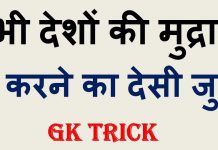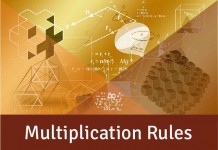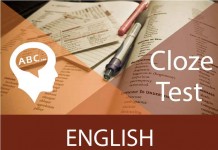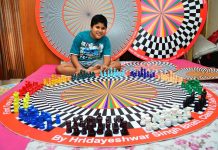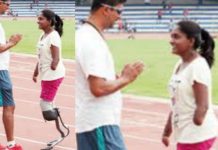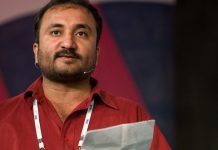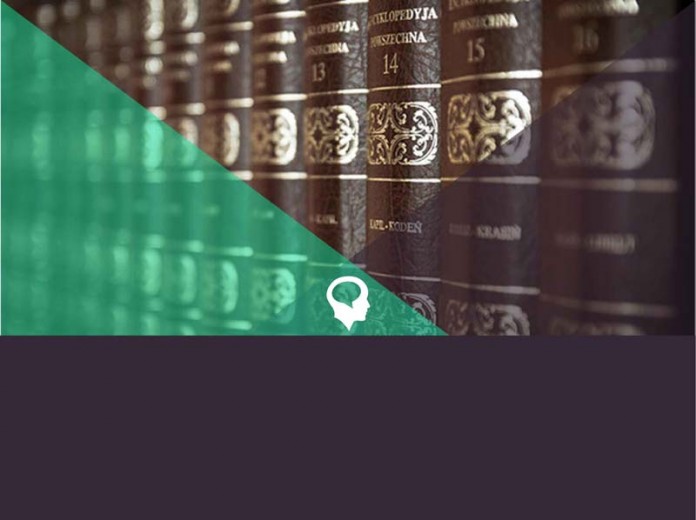History Capsule Set 4
History Questions are very important for SSC CGL 2017. We are here with History Capsule set 4 comprising of 15 questions to improve your preparedness for the exam. The more you achieve in General Knowledge section better chances you will have to attain your desired post.
1.Who was the Governor-General of India during the launch of Civil Disobedience Movement ?
(a) Lord Chelmsford
(b) Lord Reading
(c) Lord Irwin
(d) Lord Wavell
2.Which one of the following movement started from Dandi March ?
(a) Swadeshi Movement
(b) Quit India Movement
(c)Civil Disobedience Movement
(d)Non–Co-operation Movement
3.Who prescribed the separate electorates for India on the basis of the Communal Award in August 1932 ?
(a) Lord Irwin
(b) Ramsay Mac Donald
(c) Lord Linlithgow
(d) Winston Churchill
4.Which one of the following slogans is attributed to Subhash Chandra Bose ?
(a) Jai Jawan Jai Kisan
(b) Bande Mataram
(c) Jai Hind
(d) Inqilab Zindabad
5.Who among the following has authored the book ‘Hind Swaraj’ ?
(a) Bal Gangadhar Tilak
(b) Mahatma Gandhi
(c) Gopal Krishna Gokhle
(d) M.G. Ranade
6.Which one of the following with regard to the Poona Pact, 1932 is NOT correct ?
(a)Adequate representation of depressed sections in Government jobs
(b)Reservation of seats for the depressed classes in the provincial legislature
(c)Acceptance of joint electorate system
(d)Reservation of seats for the depressed classes in the central legislature
7.Simon Commission of 1927 was boycotted because
A.there was no Indian Member in the Commission
B.it supported the Muslim League
C.Congress felt that the people of India are entitled to Swaraj
D.there were differences among the members
8.Who among the following drafted the resolution on Fundamental Rights for the Karachi Session of Congress in 1931?
A.Dr BR Ambedkar
B.Pandit Jawaharlal Nehru
C.Dr Rajendra Prasad
D.Sardar Vallabhbhai Palel
9.Consider the following events in the history of Indian freedom struggle
1. Champaran Satyagraha
2. Bardoli Satyagraha
3. Ahmedabad Mill Workers Strike
4. Chauri-Chaura Incident
Which one of the following is a correct chronological sequence of the above events starting from the earliest?
A.1,3,2,4
B.1,2, 4, 3
C.1, 3, 4, 2
D.3, 1, 2, 4
10.Who was the first woman President of Indian National Congress ?
(a) Annie Besant
(b) Aruna Asaf Ali
(c) Sarojini Naidu
(d) Vijayalaxmi Pandit
11.The lady Congress leader who went underground during the Quit India Movement was—
(a) Sucheta Kripalani
(b) Vijay Laxmi Pandit
(c) Aruna Asaf Ali
(d) Sarojini Naidu
12.Ramsay Mc Donald’s Communal Award gave—
(a)Privy purse to native princes
(b)Communal representation to Muslims
(c)Reservations to Sikhs in elections
(d)Separate electorates for depressed classes
13.Who of the following was known as Deshbandhu ?
(a) Aurobindo Ghosh
(b) Chitta Ranjan (C.R.) Das
(c) Dadabhai Naoroji
(d) Jyotiba Phule
14.Two independent states of India and Pakistan were created by—
(a) The Simla Conference
(b) The Cripps Proposal
(c)The Cabinet Mission plan
(d)The Indian Independence Act
15.Consider the following statements about Gandhian movements in India
1. Gandhiji was in favour of mass movements.
2. Gandhian movements were non-violent in character.
3. In Gandhian movements, the leaders had no role to play.
Which of the statement(s) given above is/are correct?
A.1 and 3
B.1 and 2
C.Only 2
D.1, 2 and 3
Answers:
1) C 2) C 3) B 4) C 5) B 6) A 7) A 8) B 9) C 10) A
11) C 12) D 13) B 14) D 15) B

